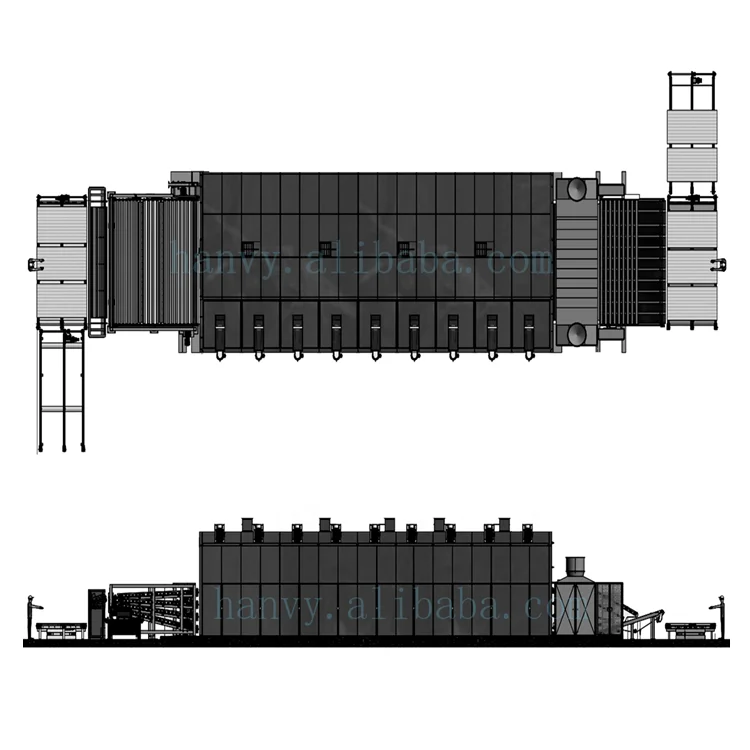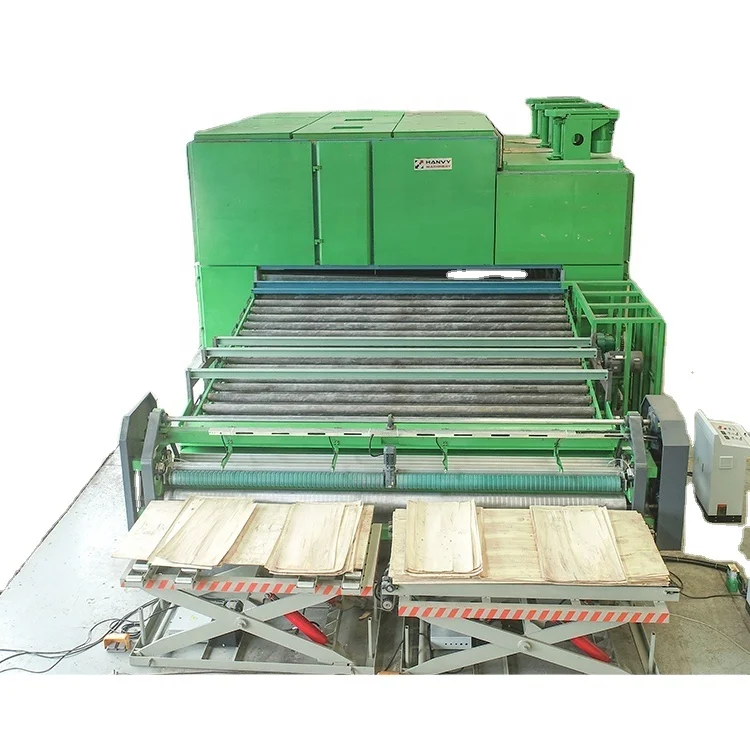The process of drying the wood to make it into extremely thin sheets is veneer drying. These thin wood layers can be applied for many purposes like furniture production, floor manufacturing or any other decoration in the house. Proper drying of veneer is often a critical factor in the performance and longevity of any particular sheet.
There are machines that have been designed for this and we use them to dry veneer well. Floor sanding machines primarily heat the wood and start circulating air across it. Even, it eliminates their moisture while heating off the wood. Air freely moves around the wood which in turn, facilitates an even and prompt drying. This is important because the wood might end up rotting if it dries out extremely slowly (or becomes uneven). Furthermore, we have to retain the consistent level of moisture during the process to let your wood be dried well.

The air flow needs to be really good for the drying of veneers. To do this we must have fans in the drying room to help circulate air. Your fans will help circulate the air and allow your wood to dry faster, but you do not want it blowing directly on them because this can cause damage or separation of those fine layers. Good airflow is essential for the veneer to remain flat because it dries at a faster rate than thicker wood parts.

The humidity of the room can have an effect on how it dries, as well When someone refers to humidity, it is in reference to how much moisture is present. And when there is too much humidity it will also slow down the drying as well, consequently requiring more time for wood to become dry. Conversely, if the air is too dry — as it often gets during winter with central heating on high — then your wood could begin to dry out quickly and potentially crack or warp. Veneer should dry at 35% to 55%. By maintaining the humidity in this range, you will ensure that your rack-dried products dry out perfectly.

Veneer drying basic need to consider: temperature, humidity and air flow And finding a good balance of these factors is essential for the best drying outcomes. Slowly dry the wood, with very little moisture loss and a minimum of warping or checking. These details, if not taken note of can compromise the quality about the veneer.